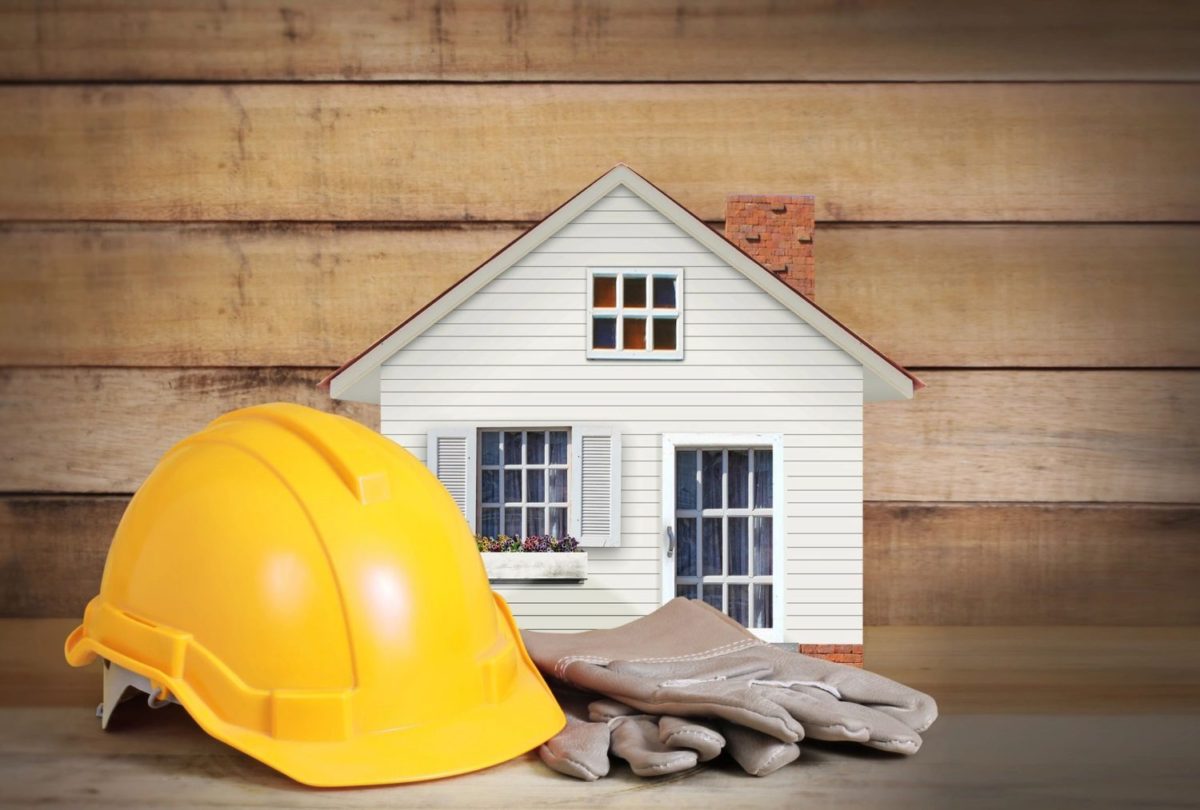Most homeowners are never interested in their roof and all they see when they gaze up at the roof are the slate, shingles or tile on top. But, when there is a problem such as ice dams in the winter or light shining into the attic, there is usually a need to know more about the elements of the roofing. There are many layers that go into the installation of quality shingle roofing. In this article, we’ll lay out some of the important pieces so you can assure that you understand what having the best roofing shingles entails.
- Decking: This roof layer also called sheathing is installed between the joists & trusses and underlayment layer in a roof. Most roof decks are made from sheets of plywood
- Underlayment: This is usually fiberglass paper which covers the entire roof deck. It is water-resistant, preventing water from passing through.
- Starter Strip: This is a strip of shingles that line all the edges of your house roof. They are installed before the underlayment and after the roof decking. These starter strips provide a first line of defense against wind uplift.
- Ridge Vents: These are covered by roofing material at the top of the roof. They have a gap design which allows moist, warm air to move out of the attic.
- Flashing: This is made from sheet material and it is useful in preventing water from penetrating the joints where different materials meet on the roof. This flashing along the roof eaves is also known as drip edge. Flashing is also used around bathroom vents, skylights and other elements that stick up through the roof.
- Shingles: This is the final roof layer and perhaps the most important element. As these shingles are highly visible, they add to the overall aesthetics of the building in colors, textures and patterns. The type of shingle is usually taken into consideration before construction because the material affects construction method and roof pitch.
Goldenberg Roofing NYC 1274 5th Ave, New York, NY 10029 (212) 457-1324 https://bestroofingnyc.com/
